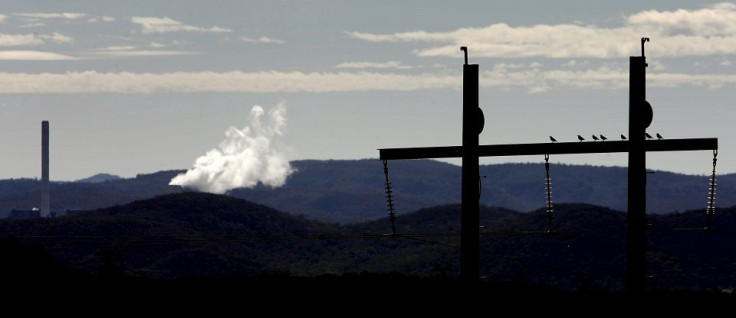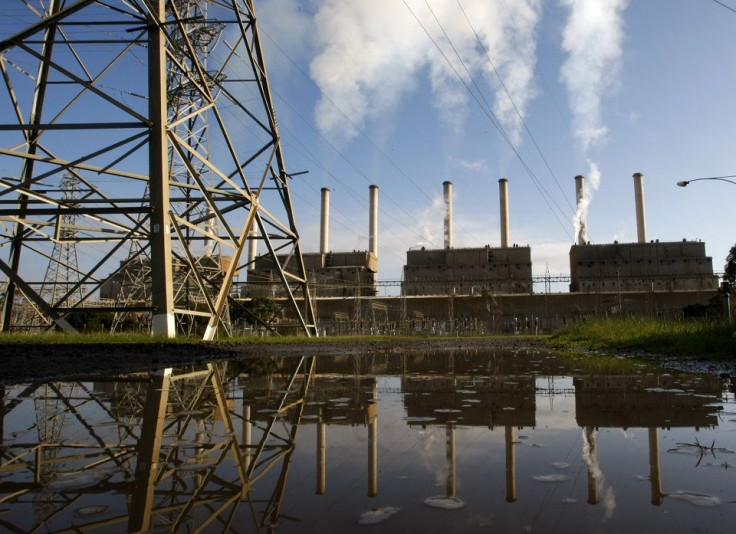NSW allocates $500 million over 5 years to achieve goal of net-zero carbon emissions by 2050
Victoria residents to pay 4%--8% higher power bills with closure of Hazelwood coal-fired plant

Greens environment spokeswoman Larissa Waters blames the Tony Abbott administration for climate policies, such as removing the carbon tax, for the rise in pollution in Australia. States are now adopting policies and initiating action to curb pollution and move toward renewable and cleaner energy.
On Thursday, New South Wales set a goal of net-zero carbon emissions by 2050 and allocated $500 million over the next five years to help transition the state with the largest economy to renewable energy. NSW released a draft strategic plant open to public feedback which would lead to formalising policies by mid-2017, Sydney Morning Herald reports.
NSW plans to shutter by 2035 major coal-fired power plants in the state in a bid to improve its reliance on renewable energy, currently at only nine percent. It is half of Victoria’s and one-fourth of South Australia’s. Other planned measures include encouraging more use of electric vehicles by changing stamp duty and boost adoption and purchasing more electric cars for government use.
In SA, AGL launched in mid-July the $20-million project to create the world’s biggest virtual power plant in the state. The project would connect 1,000 solar batteries installed in homes and business across the state.

In Victoria, the state is poised to close the Hazelwood coal-fired power plant which was commissioned in the late 1960s. It is the most emissions-intensive coal-fired power plant in Australia which produces the equivalent of 1,400 tonnes of carbon dioxide for every gigawatt-hour of energy produced, ABC reports.
However, closing Hazelwood would cause 500 employees and 300 contractors to lose their jobs, further worsening the unemployment rate in Labtrobe Valley, Victorian MP Darren Chester warns. A modeling by the state government shows household power bills would also go up between four and eight percent.
Climate Action Tracker urged the federal government to initiate more climate action on a national level because under current policies, the country’s emissions is projected to rise 52 percent from 1990 levels. To meet Australia’s pledge at the Paris climate summit, emissions must be reduced by 1.9 percent yearly. However, it is going up 1.2 percent which illustrates the dichotomy between climate rhetoric and action.





















